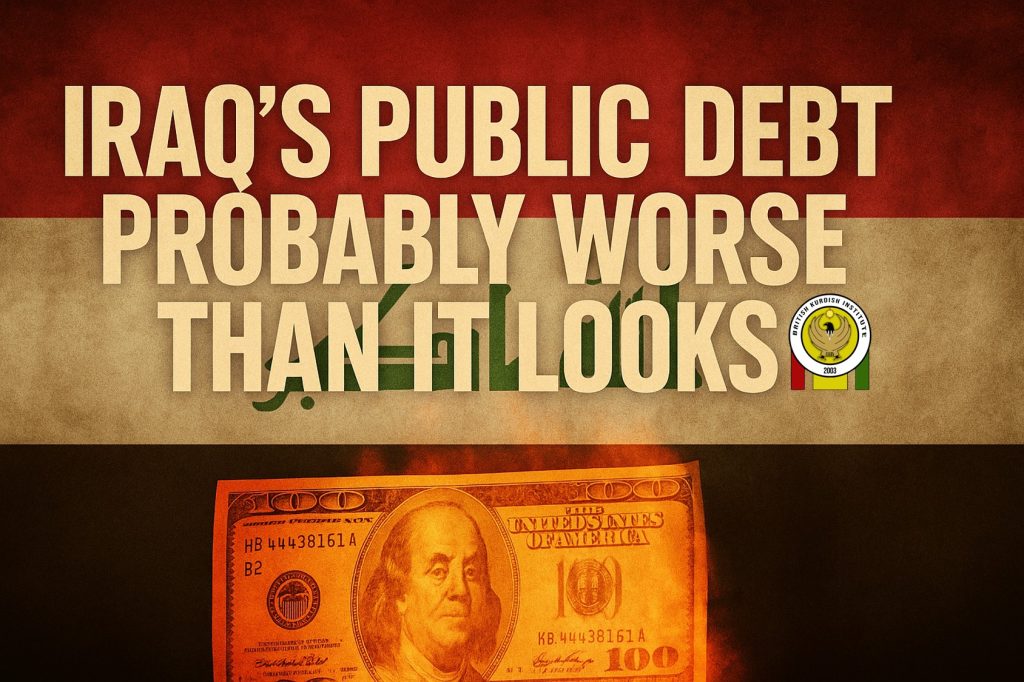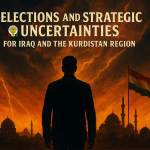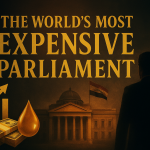Official Reassurances vs. Economic Reality
On October 19, the Central Bank of Iraq released a statement assuring the public that the country’s debt levels pose no threat to economic stability. According to official data, Iraq’s total domestic and external debt stands at $81 billion.
The bank explained that under Iraq’s three-year budget law, the government was authorized to borrow 191 trillion dinars to cover the deficit. However, it has so far borrowed only 35 trillion dinars — a fraction of that ceiling.
Meanwhile, one U.S. dollar trades for about 1,300 dinars officially and 1,400 dinars on the market, underscoring persistent currency pressures.
A day later, Prime Minister Mohammed Shia’ al-Sudani insisted that Iraq’s economy is in “its best condition,” describing the debt debate as election-driven rather than technical.
Debt Trends: A Shift from External to Domestic Borrowing
Fifteen years ago, Iraq’s external debt was $60.9 billion, and its domestic debt just $9.9 billion. Today, those figures have flipped. By June 2025, domestic debt surged to $67.2 billion, while external debt fell to $14.45 billion — a remarkable reversal that raises both opportunities and red flags.
Despite this reduction in external debt, Iraq’s total public debt has grown by roughly $10 billion since 2010, reaching $81.65 billion. This growth is largely driven by borrowing from domestic banks rather than foreign creditors.
Why the Reversal Matters
-
Falling external confidence: International lenders appear less willing to finance Iraq’s deficits.
-
Weakened investment appeal: Iraq’s inability to attract foreign debt limits growth in non-oil sectors.
-
Consumption-driven borrowing: Most new debt has been used to fund salaries, pensions, and subsidies rather than infrastructure or diversification.
The Role of Oil Revenues and Global Debt Context
At the 2025 IMF–World Bank Annual Meetings, economists warned that global public debt now exceeds $115 trillion, with the U.S. and China accounting for half. The IMF cautioned that once debt surpasses 100% of GDP, economies face heightened instability — a threshold Iraq may have already crossed when measured against its oil-dependent revenues.
Iraq’s three-year budget (2023–2025) sets annual expenditures at 200 trillion dinars, while revenues are just 134 trillion dinars — creating an annual deficit of nearly $50 billion.
Although officials claim they’ve reduced debt by $26 billion, Iraq’s vulnerability remains clear: its economy depends almost entirely on oil, leaving it exposed to price shocks like the October 2025 Basra export halt.
When Debt Turns Dangerous
Iraq’s debt becomes most perilous when borrowed for consumption instead of production. In recent years, debt growth has financed payrolls and subsidies rather than investment.
-
Between 2015 and 2024, investment spending grew only 27%, while total spending ballooned by 54%.
-
Interest rates on domestic debt range between 7–10%, making repayment unsustainable if oil prices fall.
-
These short-term, high-interest loans could trigger a banking crisis if government revenues collapse.
Unlike international loans tied to productive conditions, Iraq’s domestic borrowing lacks accountability or a repayment framework — a weakness that mirrors Lebanon’s financial collapse.
Debt as a Symptom of Structural Weakness
The shift from external to domestic debt exposes the fragility of Iraq’s economic system. International banks are reluctant to lend to a country where consumption spending is four times higher than investment, and where growth depends almost entirely on oil and gas.
The IMF’s 2016 bailout — a $5 billion loan during a security and oil crisis — came with strict reforms: fiscal restructuring, deficit reduction, and investment incentives. Today, such conditionality is absent, and debt keeps rising unchecked.
Five Key Takeaways
-
Hidden Debt Ratio:
The Finance Ministry estimates Iraq’s debt-to-GDP ratio at 42%, but if calculated against oil revenues (which make up 90% of income), the real figure exceeds 120% — well above IMF warning levels. -
Borrowing Without Growth:
Most loans fund consumption, not productive investment, weakening GDP growth and straining liquidity. -
Shrinking International Confidence:
The dominance of domestic over external debt shows that global lenders no longer trust Iraq’s fiscal management. -
Domestic Debt ≠ Safety:
While domestic borrowing may seem safer, its accumulation can lead to systemic banking risk if oil prices fall. -
Productive Debt Works:
Borrowing can be healthy when it finances revenue-generating projects — such as Crescent Petroleum and Dana Gas’s $250 million Khor Mor expansion loan, which doubled output and profits. Iraq’s public debt, by contrast, fuels consumption rather than growth.
Conclusion: A Debt-Driven Economy Without Direction
Despite holding 162 tons of gold and 150 billion barrels of oil reserves, Iraq remains trapped in a cycle of borrowing and dependency.
Each fiscal shock exposes the same weakness: a rentier economy sustained by oil revenues and short-term loans rather than innovation and reform. Unless Iraq shifts borrowing toward productive investment, its public debt — now over $81 billion — will only deepen, not diminish.









